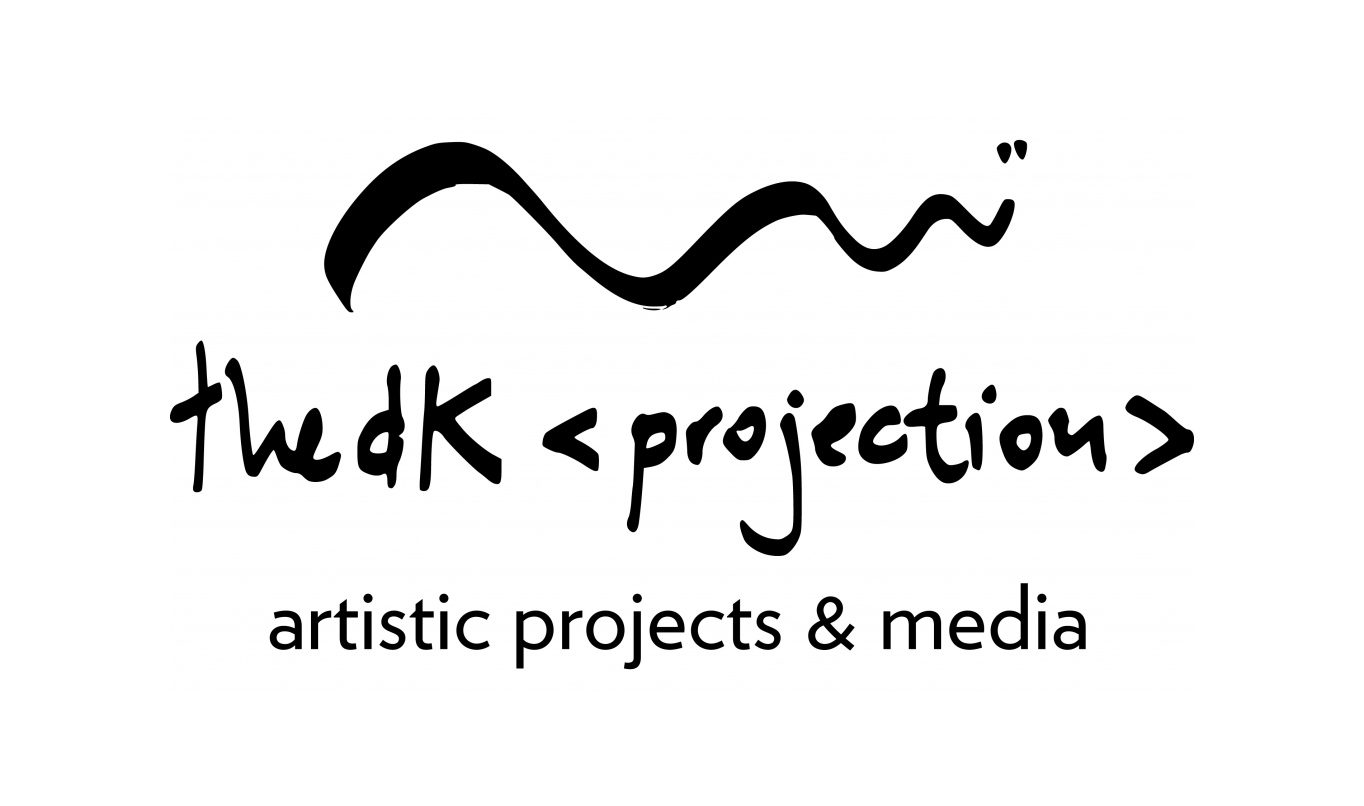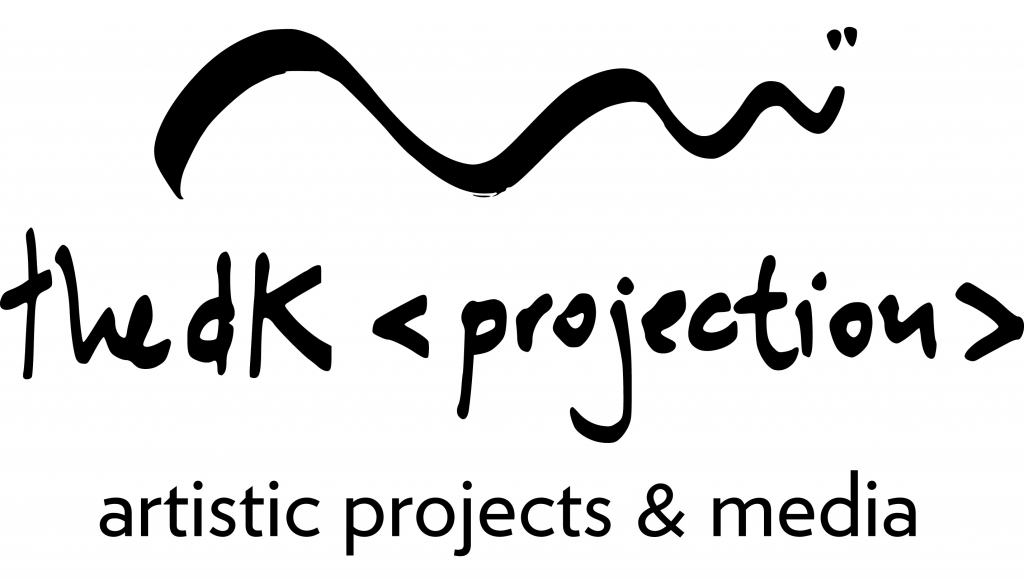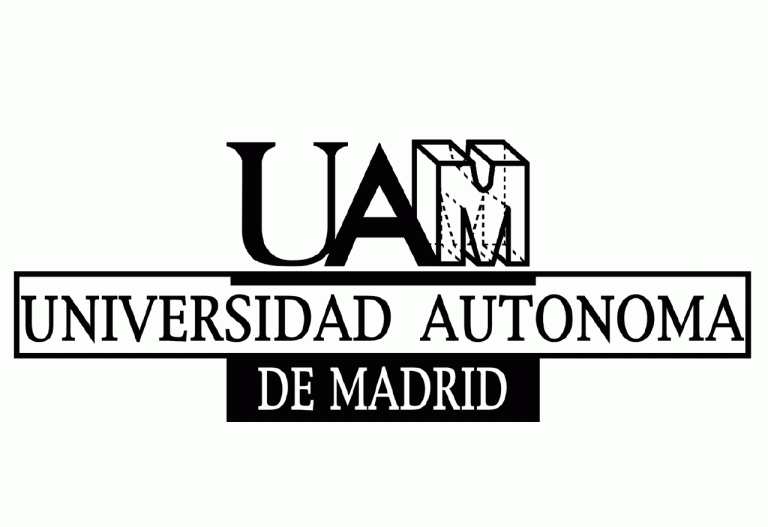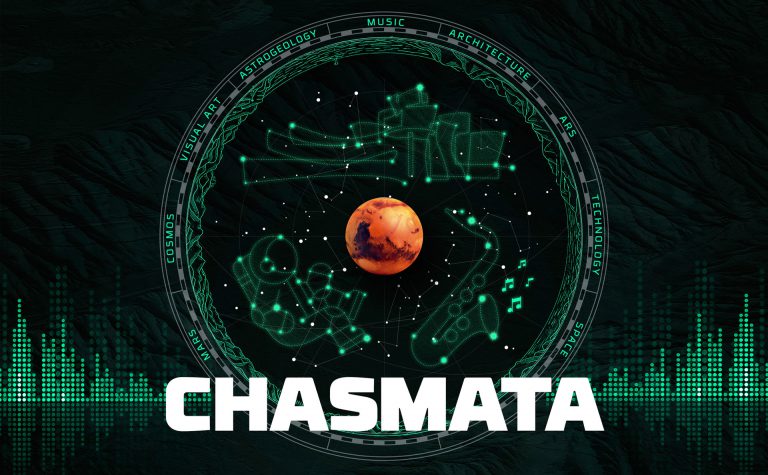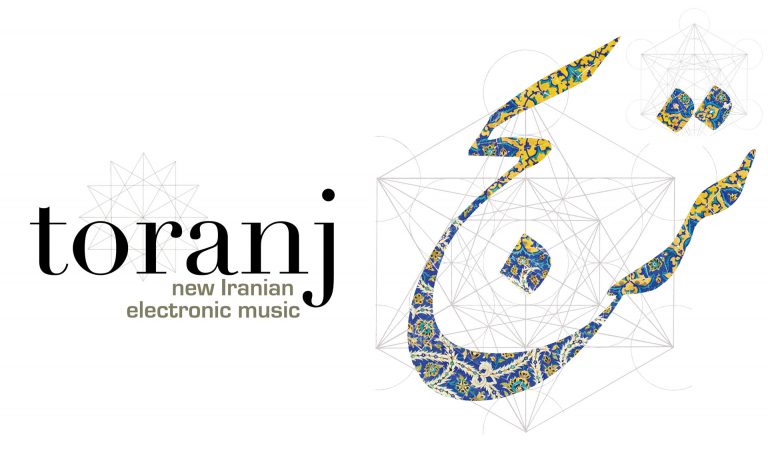Ángel Arranz presentation
We would like to present the composer Ángel Arranz.
Ángel Arranz is a Spanish composer who lives and works in The Netherlands as an associate researcher at the Institute of Sonology in The Hague. His music explores hybridization between acoustical instruments and electronics, spatiality in several plans of the musical realization and multi-instrumental assemblage. As a sort of mental territories, his music explores basically the utilization of time as a constructional matter through applied mathematics. He has developed an interesting algorithmic composition environment based on the utilization of waveforms (also named seeds), which work as controllers of the musical parameters, being used in turn to control the field where instruments are written. Seeds control the smallest aspects of the composition as well as the most general structures.
A series of aesthetical assumptions converges in an alternate manner relating each other in the Ángel Arranz’s work: the utilization of time as a constructional matter through applied mathematics; spatiality in physical, structural and notational domains; organicism through the study of the morphology of natural forms and biological processes applied to the time; affinity with deconstructivism and the Baroque universe; an interdisciplinary approach towards other arts, specially the relationship between architecture and music.
Time as a constructional matter
Arranz uses time as a constructional matter through applied mathematics, exploring basically three branches: randomness, stochastic and fractal geometry. In Arranz’s work, time is the first element on which sound is made up. Time is indefectiblely associated to space just in the moment in which time adopts a basic quality of measurability on space. From its implementation, which is developed from a Cartesian environment, time is understood as a flexible flux that tackles and overflows the metric framework in which is allocated. Such a framework remains as an underlying constructional element. Therefore, to space out the time, instead of merely measure it –in other words, to describe the time in unities of space within a pre-established metrical framework- makes possible and emancipation of spatiality at several levels of the composition: on the transformed discourse at the level of nanoscopic articulation (nano-spatiality), on the generated discourse by algorithmic procedures at the level of notation (micro-spatiality), on the mesostructure and macrostructure at the levels of sections and the general form, respectively (macro-spatiality), and on the physical space in which sound takes place (supra-spatiality). The two intermediate levels, micro-spatiality and macro-spatiality, operate from the symbolic representation of sound (notation) and the two extremes levels, nano-spatiality and supra-spatiality, operate from the physical representation of sound (DSP domain). Therefore, since a categorial plan, space becomes substance, and time, an indispensable quality of sound, form.
This reversibility on the space/time dichotomy revalues entirely the sonorous object, regarded not as something static –a meeting point of diverse constructive matters that shape sonic entities at the next upper step in the structural level-, but rather as something dynamic that relates, erodes and compromises the object identity as such. Space and time are conceived as a hybrid relationship in constant equilibrium between the synthetic assumptions on time as an absolute proportionality that agglutinates sound parameters without breaking their continuity, especially the relationship between duration and pitch [i.e. Stockhausen], and the relative position of time as a physical phenomena from the parametrical individualization, which originates a (de)compositional state of the discourse through a web of singularities in multiple performative strata (i.e. Ligeti). This hybrid condition is reflected at the first time in DK <sin>, for multi-instrumental ensemble.
Generally speaking, this temporal approach positions the composer in a neutral space, from which he/she manages all compositional plans through abstract elements used as controllers (seeds). These seeds, which provide the composition with self-similarity, relate the whole compositional field at as the representational level as the physical level, tending towards an state of radial unified composition, unlike other proposals more lateral, which take the sonorous object as a model and as a vehicle towards the other constructive plans (Vaggione, Roads).
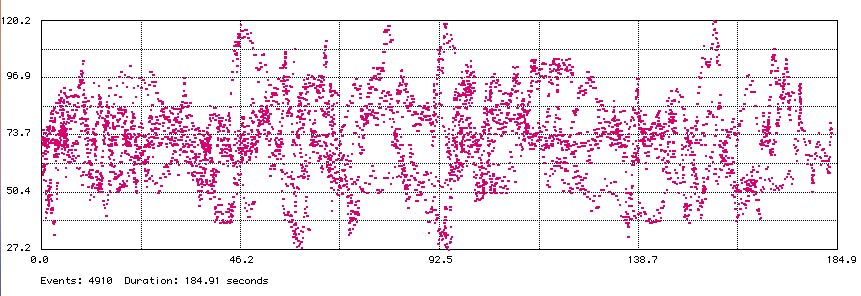
Organicism, morphology of the natural objects and biological processes applied over the time

Concerning with this approach, a sub-branch is directly related to the observation of the natural objects and their morphology, as well as the biological behavior of the living structures. This appears in works such as Electronic Study, four-channel fixed media made on HighC (UPIC environment); several processes about cellular organization are linked to another higher intermediate, macrostructural plans of the sonorous construction; in works as Il Nero, for variable number of string players, which develops an only sonority through actions over the time that make evolve singular instrumental topographies at different scales; or in compositions as Aquarius, in which certain fractal elements become the structural mechanism of the composition by means of a strategy of diverse cadenza. Affecting as the discourse as the temporal proportionality.
Affinity to deconstructivism and Baroque universe
Interdisciplinarity approach to other arts
In the first movement of Aquarius, the processing and digital treatment of a double image of the Spanish philosopher Unamuno is used as an underlain guide in order to develop diverse textures along the orchestral masses.
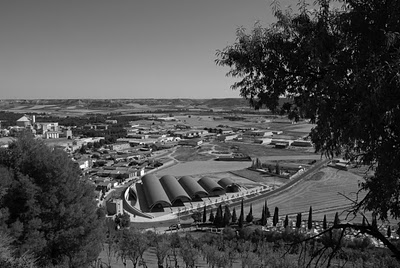
Sinusoidal deconstruction
Investigations on algorithmic composition crystallized at the Institute of Sonology in The Hague in DK <sin>, a multi-instrumental ensemble for nine instruments and/or live electronics. This composition was programmed on AC Toolbox, an algorithmic composition program by Paul Berg. Nowadays, Angel Arranz’s research is directed to deal with the unexplored micro-level of the work through electronic means. It represents an attempt of merging these two worlds, the electronic and the instrumental realm, in a unified musical universe.
The sinusoidal deconstruction provides a number of possibilities for the composer about conducting, merging, recombining, adding or removing a limited number of instrumental dispensable parts through parametrical stochastic self-referentiality and generative procedures. Such a compositional environment has also the capability of standing itself without necessity of any vertical pitch control system, as for instance harmony is. Psycho-acoustically coherent, this system also allows a wide dynamic palette, a pre-compositional articulatory and gestural field without restrictions, and a rather big amount of efficient instrumental recombinations in regard to the integrity of the macrostructure. For its ideation and subsequent developments, some historical issues were considered, as for example the obsolescence of temporality as the only time conception in detriment of an emancipation of spatiality, some insights around diverse aesthetic deconstructive influences, the idea of sequenza or the exploration of the musical discourse as an issue that starts from the analogy sound/time from a more tactile experience.
Further information about the composer at www.angelarranz.com
